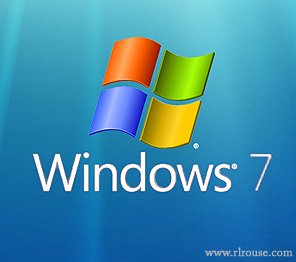 When your PC runs short on RAM, the CPU will “swap out” some of the data residing in memory to the hard drive, then when it needs that particular data again it has to load it back into RAM. The problem is even the fastest hard drives are dreadfully slow compared to RAM chips, and lots of swapping back and forth can make your system run almost as slow as cold molasses on a level table top.
When your PC runs short on RAM, the CPU will “swap out” some of the data residing in memory to the hard drive, then when it needs that particular data again it has to load it back into RAM. The problem is even the fastest hard drives are dreadfully slow compared to RAM chips, and lots of swapping back and forth can make your system run almost as slow as cold molasses on a level table top.
If your PC falls into this category but runs Windows 7, you’re in luck if you have an open USB 2.0 port. You can purchase an inexpensive USB flash drive (AKA thumb drive) and instruct Windows to use it for temporary storage instead of the much slower hard drive. The feature that does this is called ReadyBoost, and this is how you turn it on:
1 – With Windows 7 running, insert a USB flash drive into an open USB 2.0 port.
2 – When the Autoplay dialog box appears, click Speed Up My System.
3 – Click the ReadyBoost tab.
4 – Select Dedicate this device to ReadyBoost.
5 – Tell Windows how much of the free space on the flash drive to dedicate to the ReadyBoost feature. If you’re prompted with a recommended amount, use that amount. If not, use the maximum amount available.
6 – Click Apply and then click OK.
At this point Windows 7 will prepare the flash drive for use with ReadyBoost. After the process is complete you should notice that your system speed has increased, possibly by a large margin. The amount of increase will vary from PC to PC and depending on which software apps you run, but if your system typically runs low on RAM during normal operation you’re sure to be happy with the boost in speed! I recommend using a thumb drive that holds at least 2 gigabytes for best results.
About the author: Rick Rouse is the owner of RLROUSE.COM. He is also an A+ Certified Computer Technician with over 30 years of experience in the industry.